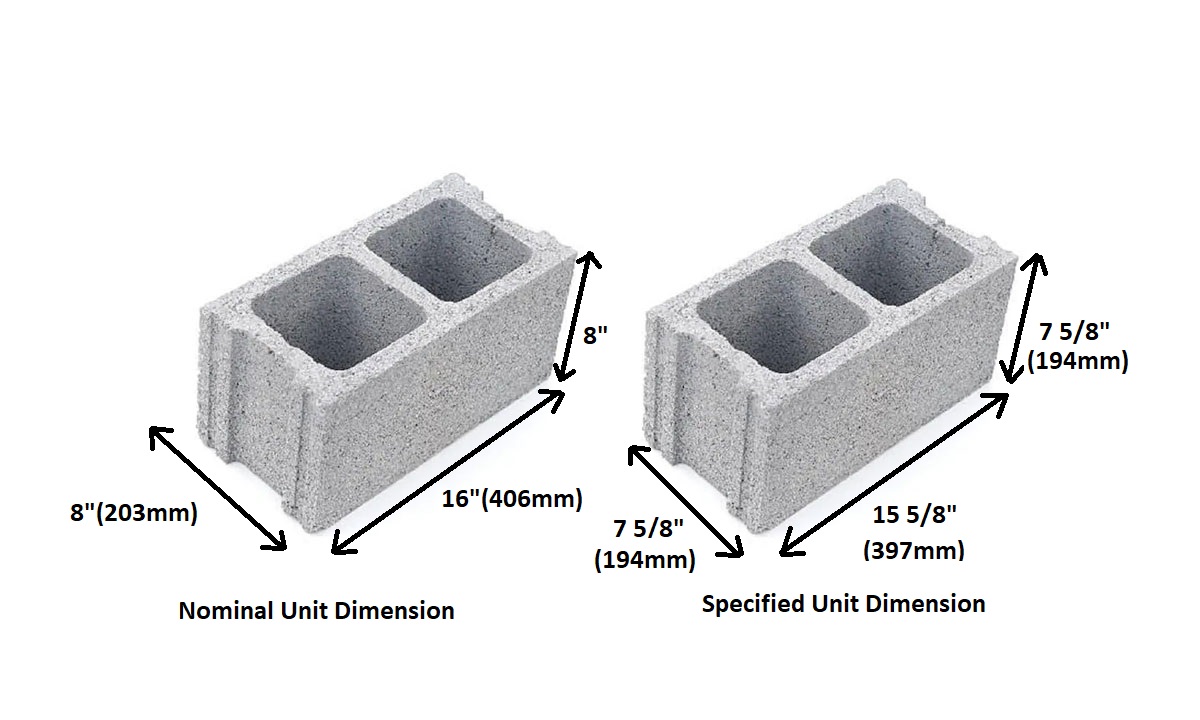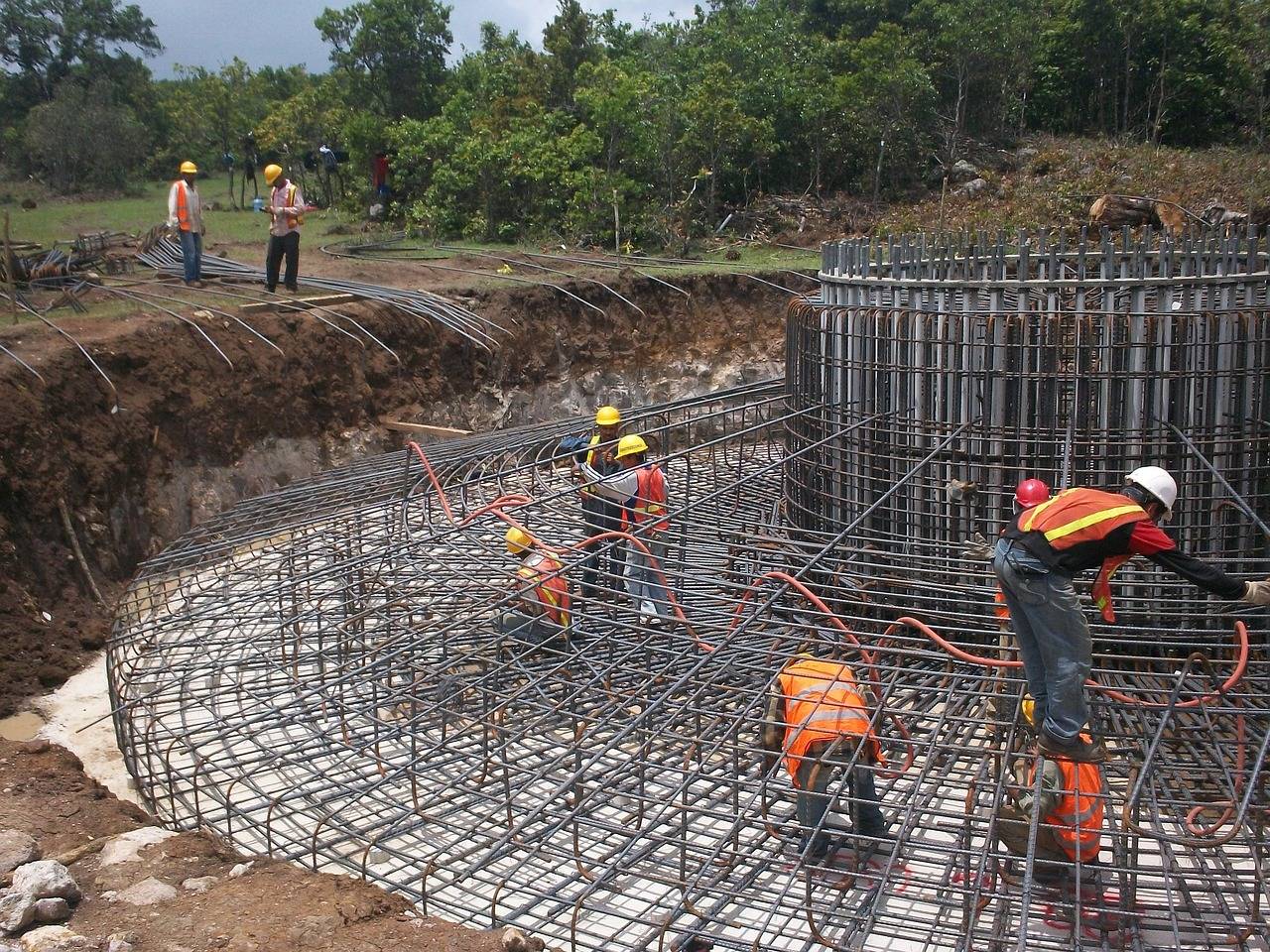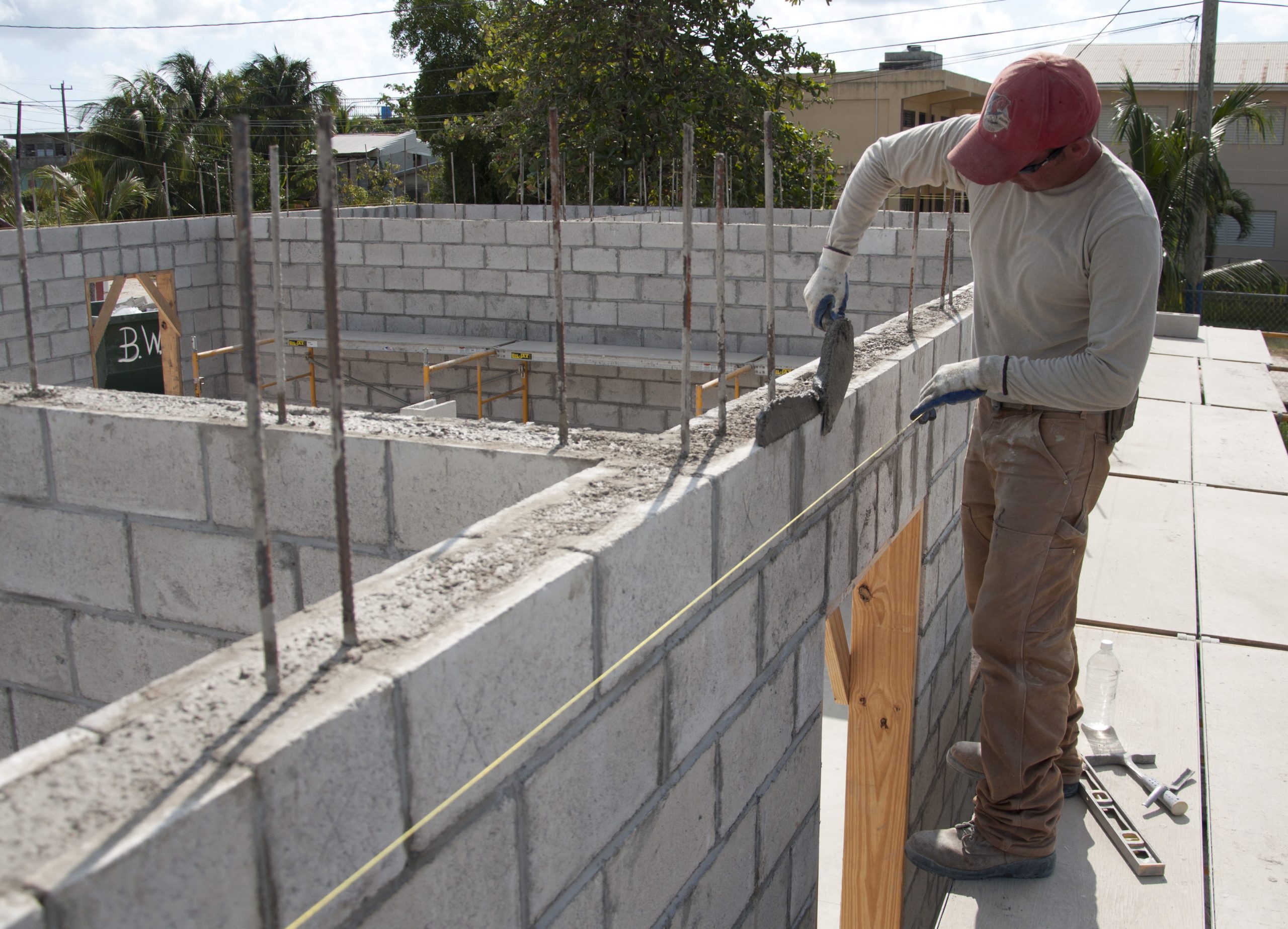When it comes to construction, concreting a slab is a critical process that requires precision, proper materials, and thorough planning. Whether you’re working on a small residential project or a large commercial building, the slab forms the foundation of the structure. In this comprehensive guide, we will walk you through the step-by-step process of concreting a slab, the materials required, and essential tips for ensuring a long-lasting, high-quality result.
What is a Concrete Slab?
A concrete slab is a flat, horizontal surface made of concrete, commonly used as the foundation for buildings, floors, bridges, and even pavements. Slabs are generally reinforced with steel bars or mesh, known as rebar, to improve the strength and durability of the structure. They come in different thicknesses depending on their intended use, with typical residential slabs ranging between 4 to 6 inches thick.
Types of Concrete Slabs
There are several types of concrete slabs, including:
- On-grade slab: This is the most common type, placed directly on the ground.
- Suspended slab: Typically used in multi-story buildings, supported by beams or columns.
- Pre-tensioned and post-tensioned slabs: These slabs incorporate steel cables that are tensioned before or after the concrete has been poured to provide additional strength.
Materials Required for Concreting a Slab
For a durable and stable slab, it’s crucial to gather the right materials. Here’s a list of essential items:
- Cement: The key binder that holds the concrete together.
- Sand: Fine aggregate that fills the gaps between coarse aggregates.
- Gravel or crushed stone: Coarse aggregates that provide strength to the slab.
- Water: Helps in the chemical reaction known as hydration, which hardens the concrete.
- Steel bars or mesh (Rebar): Provides reinforcement, especially for slabs under heavy load.
- Concrete mix: You can prepare your own mix or opt for ready-mix concrete.
- Vapor barrier: A plastic sheet placed under the slab to prevent moisture from rising into the slab.
- Formwork: Temporary or permanent molds into which concrete is poured.
Step-by-Step Process for Concreting a Slab
1. Planning and Design
Before starting the concreting process, it’s important to carefully plan the slab design. This includes:
- Determining the slab thickness based on the load requirements.
- Ensuring adequate drainage and proper grading of the ground beneath the slab.
- Arranging for the necessary permits and approvals from local authorities.
2. Site Preparation
Proper site preparation is essential for a stable foundation. Follow these steps:
- Clearing and leveling: Remove any vegetation, rocks, or debris from the site. Ensure the ground is level.
- Compaction: Compact the soil to prevent future settlement, which could lead to cracking.
- Vapor barrier installation: Lay down a plastic vapor barrier to prevent moisture from seeping through the concrete.
3. Formwork Installation
The formwork defines the shape and size of the slab. It is typically made from timber, plywood, or steel and should be placed accurately to ensure the slab is of the desired dimensions.
- Make sure the forms are level, straight, and well-braced.
- Check the corners for 90-degree angles and ensure the forms are sturdy enough to hold the weight of the concrete.
4. Reinforcement Placement
Before pouring the concrete, lay down the rebar or wire mesh within the formwork. This reinforcement is essential to prevent cracking and increase the load-bearing capacity of the slab.
- Ensure the reinforcement is placed at the correct height, typically using spacers or chairs to lift it off the ground.
5. Pouring the Concrete
Once the reinforcement is in place, it’s time to pour the concrete. If you’re using ready-mix concrete, ensure it’s delivered promptly and poured evenly.
- Begin pouring at one corner and work your way across the slab.
- Use a shovel or rake to spread the concrete evenly within the forms.
- Vibrate the concrete using a mechanical vibrator to eliminate air pockets and ensure proper settling.
6. Leveling and Finishing the Slab
After the concrete is poured, it’s crucial to level and finish the slab to achieve a smooth, even surface.
- Use a screed to level the concrete by dragging it across the surface.
- For a smoother finish, use a float or trowel. A power trowel can be used for larger areas to achieve a polished finish.
- Be sure to add expansion joints to allow the slab to expand and contract with temperature changes, which helps prevent cracking.
7. Curing the Concrete
Curing is one of the most important steps in the concreting process. Proper curing ensures the concrete gains strength and durability over time.
- Cover the slab with plastic sheeting or keep it moist with a sprinkler for at least 7 days.
- Avoid walking on the slab for 48 hours, and refrain from placing heavy loads on it for at least 7 days.
8. Removing the Formwork
After the concrete has set and cured, the formwork can be carefully removed. Check the edges of the slab for any imperfections and use a chisel or grinder to smooth out any rough areas.
Common Mistakes to Avoid When Concreting a Slab
- Inadequate Compaction: Failing to compact the subsoil properly can lead to uneven settling and cracks.
- Overwatering the Mix: Adding too much water weakens the concrete, reducing its strength and durability.
- Neglecting Curing: Proper curing is essential to ensure the concrete reaches its full strength.
- Skipping Expansion Joints: Without expansion joints, slabs are more likely to crack due to thermal expansion and contraction.
Also Read: Building Materials used in Construction and their Types
Conclusion
Concreting a slab is a complex yet rewarding process that forms the foundation of many construction projects. By following the steps outlined in this guide, you can ensure that your concrete slab is strong, durable, and built to last. From proper site preparation to careful curing, attention to detail at every stage is key to a successful outcome.
If you’re planning a construction project involving a concrete slab, it’s always a good idea to consult with professionals to ensure all aspects of the design and installation are up to code.
Frequently Asked Questions
Q1: How thick should a concrete slab be?
A typical residential concrete slab is 4-6 inches thick, but it may need to be thicker depending on the load it will bear.
Q2: How long does concrete take to fully cure?
Concrete typically reaches its full strength after 28 days, but it’s essential to keep it moist during the first 7 days to ensure proper curing.
Q3: Can concrete be poured in cold weather?
Yes, but special precautions need to be taken. It’s best to pour concrete when temperatures are above 40°F, and concrete blankets may be used to maintain warmth during curing.
By following these guidelines, you’ll be well on your way to completing a successful concrete slab project!



